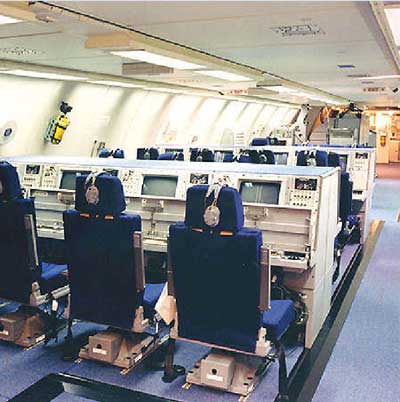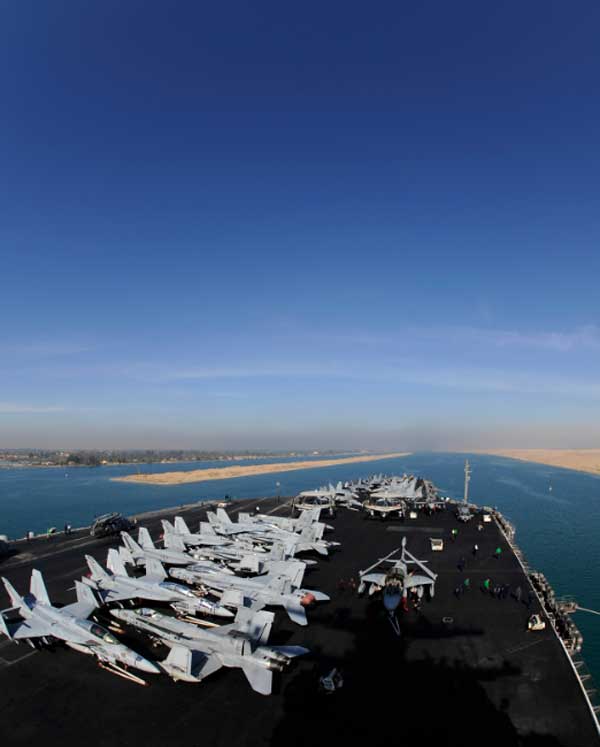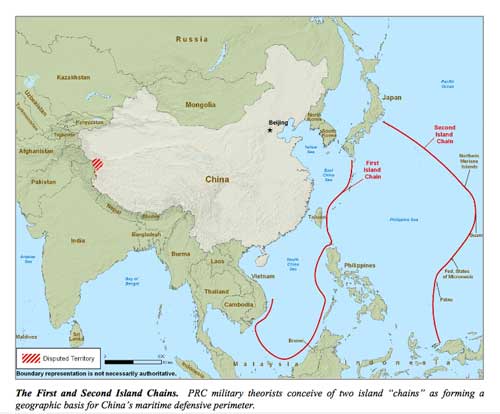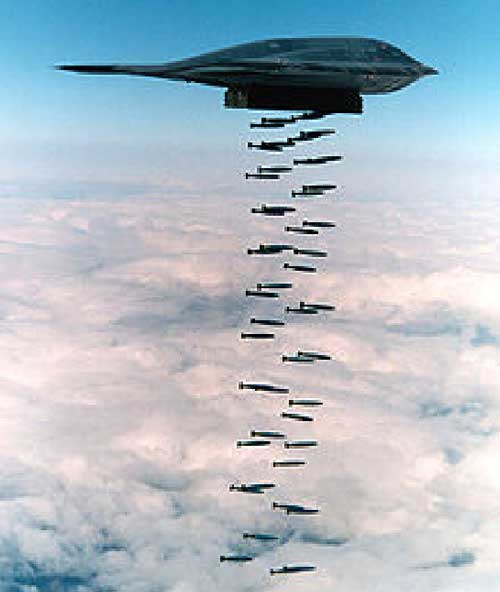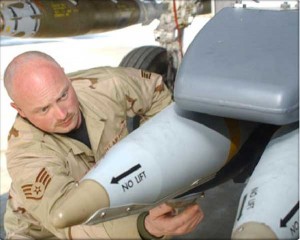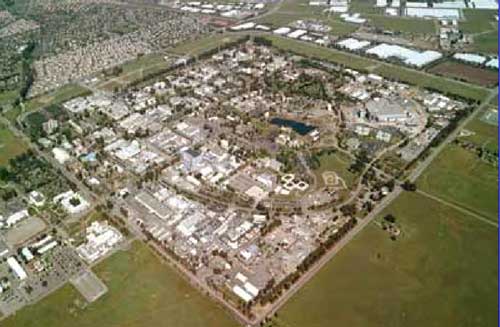By Ambassador (ret) Jon Glassman (Director for Government Policy, Northrop Grumman Electronic Systems) and Dr. Josef Shwartz (Technical Consultant, Marina del Rey, California)
*** The views expressed in this article reflect only the personal views of the authors, neither those of Northrop Grumman Electronic Systems nor the US Government.
02/11 /2011 – Strategic Overview
High energy lasers offer a number of properties that make them particularly attractive for meeting the emerging high-intensity, combined threat of ballistic missiles, cruise missiles, remotely piloted aircraft, glide bombs, rockets, artillery, and mortars (RAM). High-energy lasers have been successfully tested against RAM and efforts are underway to create at lower power levels mobile land, sea, and air-based laser defenses against traditional and emerging threats (e.g., small boats). At the same time, high-energy lasers have yet to be tested comprehensively against ballistic missile re-entry vehicles (RVs), cruise missiles, high-end remotely–piloted aircraft, and glide bombs. While physical principles and test experience suggest likely success against these threats, additional test data are required to more thoroughly validate laser analyses against ballistic missile RVs.
Credit: http://thejunction.net
While lasers illuminate their targets at speed-of-light, time is needed to inflict the required damage (laser dwell on target) which may vary from a few seconds to several tens of seconds, depending on laser power, beam quality, and target hardness. In order to cope with raids (swarm attacks), shooting timelines need to accommodate the needed dwell time on the initial target plus the time to slew to and dwell on subsequent targets. Alternatively, additional laser and kinetic interceptors can be drawn into a raid engagement, if and as available.
Beyond the basic issue of ability to damage/degrade RVs, it is important to know whether lasers can succeed far enough away from defended objectives should RVs carry nuclear weapons with concomitant blast and electromagnetic pulse (EMP) effects, and to understand the impact of a broad set of environmental conditions on the range and effectiveness of laser systems. To determine viability against ballistic missile RVs of various classes, both ground and airborne lasers should be developed and tested at the highest power levels achievable in each medium in a variety of atmospheric conditions.
The analysis below makes the argument that mobile and fixed lasers are highly desirable, if not essential, to face complex emerging threats. Development and testing — particularly in the higher power realm — is critical to determine to what degree lasers can relieve pressure on ever more stressed kinetic defenses.
The Argument
We hold that targets exist that are so critical to protect, a final laser defense layer needs to be put in place to guarantee more surely their defense. We further argue that the diffusion of improved weapons guidance on medium- and short-range weapons will change the offense/defense cost ratio — thereby requiring low cost/shot defensive weapon systems such as lasers and other non-kinetic means. And we contend finally that the available defensive time line will become perilously short as ballistic missile inventories (and concomitant raid attack sizes) increase and late-detected horizontal trajectory weapons (cruise missiles, remotely-piloted aircraft, and glide bombs) proliferate. These factors in combination offer powerful international security justification to accelerate efforts to test and field high energy lasers– supported in real-time by appropriate sensors and command-and-control. [1]
An Absolute Requirement for a Final Terminal Defense Layer?
Much of recent dialogue on laser missile defense has focused on boost/ascent phase intercept approaches using the Airborne Laser (ABL) demonstrator. Additionally, there is active interest in naval ship and air base terminal point defense. [2]
Credit: http://cache.gawkerassets.com
Less attention has been paid to the potentially categorical need for a laser weapon as a final terminal layer across several or many defended objects/areas. If a final layer defense requirement were near absolute for multiple targets across broad areas, it would generate important system-level demands and stresses not just on the laser itself but also on their organic and cueing sensors and command-and-control (C2). The need for a final terminal defense layer flows logically from the good sense of very high investment for risk mitigation when consequences of failure approach the grandiose or catastrophic.
The following are illustrative categories where a final laser layer would seem to be highly important:
- Defense of densely populated urban areas — total casualties have major political-military consequences (the average population density for US urban areas is 2300/sq mile, but for some areas in conflict zones urban density and casualty exposure are considerably higher, eg, Tel Aviv 19,699/sq mile, Seoul/Inchon 26,300/sq mile, Mumbai 64,400/sq mile)
- Defense of certain ground and sea-based offensive and defensive weapons, sensors, and command-and-control — those that are critical to secure quick war termination under favorable conditions
- Defense of civilian infrastructure vital to survival and swift recovery to include selected communications, transport, public service, food, water, and energy supply capabilities and other assets/functions essential to global economic stability (e.g., energy production and export facilities in the Persian Gulf) [3].
The Impact of Medium and Short-Range Weapon Guidance
Beyond the issue of targets that need to be more reliably defended, there is the matter of how the threat to these targets is changing. In fact, the imminent spread of precision guidance systems to medium- and short-range weapons may dramatically increase that threat. Catastrophe avoidance is clearly at issue if weapons of mass destruction are in play. But the coupling of improved guidance (the “precision revolution”) and high-efficiency explosives and chemicals with tactical and theater missiles, unmanned aircraft, glide bombs, rockets, artillery, and mortars expands the scope and possibility of dangerous outcomes, lending urgency to the need for a final layer of defense.
This is so because, once fielded, improved guided tactical and theater weapons could be used in quantity to alter war strategy and cadence and impose politically significant effects on traditionally defended opponents. The reported accumulation by Hezbollah in Lebanon of more than 40 thousand tactical rockets—ten times more than its 2006 war inventory — requires early pre-launch destruction, thereby channeling initial Israeli offensive options — including ground force options–and generating pressure on Israeli emergency services and public confidence.
Beyond the imposition of a voluminous attack, an attacker with very high efficiency explosive or chemically-armed guided weapons would have the option of grouping his shots to achieve simultaneous or sequential political effect in an urban area. And he may also expect to have far greater success than in the past against the defender’s fixed and locatable mobile sensors, C2, and weapons, as well as against high-leverage economic assets in the target zone. These expected effects may prompt a preemptive launch of hostilities by either the aggressing side or his potential victim.
The attacking side’s ability to derive political, economic, and military advantage from each and every shot makes impractical the defender’s future use of preferential engagement tactics — his option heretofore not to engage and waste costly interceptor resources on errant arriving projectiles.
The need to engage every incoming weapon will change radically the offense/defense cost ratio in theaters like Israel, the Persian Gulf, India/Pakistan, and the North Asian periphery (ROK, Japan, and Taiwan) where multiple range/trajectory/re-entry velocity systems are in, or can be brought into, play simultaneously (including by maritime and ground infiltration of tactical weapons into target proximity).
If engagement is required for every incoming threat, the diffusion of guidance systems into cheap projectiles such as mortars, tactical rockets, and artillery shells — and future inexpensive longer-range systems — will generate salvo defense challenges beyond anything we currently face. Attack volume may make kinetic defense at close ranges prohibitively expensive.
The Problem of Time
Beyond the problems generated by enhanced offensive precision, there is the acute problem posed by the time dimension. This problem is manifested in the ballistic missile realm via the challenge of dealing with both volume (raids) and with high velocity re-entry trajectories enhanced by countermeasures, decoys, and, in some cases, maneuvering (e.g., Chinese DF 21). This raises the potential for leakers and the possible need for a laser, speed-of-light “third shot” (after a shoot-look-shoot kinetic effort) to protect vital and priority defended assets.
This problem is expanding through the spread of ground, sea, and air-launched cruise missiles and aerial glide bombs and remotely-piloted aircraft (RPAs). These horizontal trajectory/ground-hugging systems may only be detected close-in with inadequate data to support fire control solutions or to allow time permitting kinetic weapon fly-out. This late detection problem could be aggravated by constraints on, and interference with, overhead air surveillance operations and sensor performance created by raid volume and heavy kinetic defense firing.
These missile developments have in common the imposition of acute time pressure on the means to deliver effective defenses — due to late detection and interference, imperfect track and characterization, or the absence of capacity to provide timely updates to support end game kinetic intercept
The detection problem is aggravated not only by the limited horizon for ground and maritime-based sensors, and thermal-induced radio frequency propagation problems inherent in dealing with low-flying objects, but also by the ability of the aggressor to innovate tactically, e.g., aircraft or missile “pop out” from clutter-obstructed zones that degrade radar performance such as from among water bird concentrations in the Tigris/Euphrates or Nile deltas.
The admixture of rockets, artillery, and mortars in territories adjacent to defenders (e.g., Gaza and Lebanon for Israel), or infiltrated by special forces close to prime targets (e.g., high-value assets such as future missile defense sensors or shooters in the Persian Gulf region or nuclear power-generating facilities in Europe and Japan), can enhance time stress, placing very short lobs or shots out of kinetic defense possibility. This problem is illustrated in the areas of Israel next to the Gaza Strip where deployment of the newly developed Iron Dome kinetic interception system remains under discussion due to uncertainty regarding the system’s ability to meet the needed timeline for mortars as well as cost/shot.
The emerging threat, therefore, of voluminous and maneuvering, countermeasure-enabled ballistic and cruise missiles, glide bombs, and remotely-piloted aircraft combined with short-flying rockets, artillery, and mortars points to the need for systems with:
- Detection at speed-of-light through optical sensors (cued by ground and airborne radar)
- Shots at speed-of-light avoiding the need for early detection/tracking to support serial fire control solutions and kinetic weapon fly-out times
- Rapid firing (few second or minimum dwell time intervals) without reloading/interceptor missile stockpiling
- Continuous and near-infinite supply of shots using buried chemical tanks, batteries, or an electrical grid to generate power at negligible cost/shot (dramatic per shot cost benefits versus kinetic interception and offensive strike)
These properties, in fact, are all resident in laser systems available today—albeit at varying power levels, beam quality, and depth of operational testing.
Ancillary Capabilities
Beyond the fundamental need for speed-of-light to deal with the new range of challenges noted above, there are other capabilities that lasers can provide that add to their attractiveness.
In an environment where defensive systems may be subjected to electronic and cyber attack, the increased number of sensors in the battle-space relying on diverse phenomenology is important. High precision, large aperture optical surveillance and tracking are an integral component of laser defense systems. Laser optical sensors are synergistic with traditional integrated air and missile defense systems but, being organic to firing units, are insulated from some effects that could result from overall system destruction, degradation, or failure.
Additionally, beyond their utility in dealing with attacking systems, lasers can defeat and degrade other systems. For example, they can be used to blind enemy overhead sensors, optically-guided projectiles, and destroy shoulder-launched air defense weapons (MANPADs). Their capability to destroy chemical, biological, and radiological warhead loads through burn-up is known although some contend that the risk of dispersal through both kinetic and laser intercept remains high.
Current Direction of Military Laser Applications
After experimental work at White Sands demonstrating a million watts-class power levels in chemical lasers (MIRACL), practical application from the mid-90s onward centered on moving high-power laser capability into ballistic missile defense (the Airborne Laser—ABL—boost phase interception project) and counter-rocket, mortar, and artillery defense (the US-Israeli Tactical High Energy Laser—THEL–project). The former continues development as a technology demonstrator while the latter was abandoned in 2006 as the Army elected to move toward solid-state laser (SSL) technology. [4]
Credit: www.youtube.com
Work since then has been driven by the Army, Navy, and Air Force’s perceived need for mobility. In this quest, significant 100 kw SSL power levels have been achieved by Northrop Grumman and Textron and the Army is investing to mature this technology to defend future forces. In addition, the Navy is investigating the readiness of these technologies to defend Navy ships. In the meantime, efforts are underway by Northrop Grumman and several other defense firms to develop power, cooling, and other efficiencies to permit mounting of 100-150 kw electric-powered lasers on aircraft. Some of this work involves moving beyond current slab lasers into fiber and planar waveguide lasers to increase electrical to optical efficiency, thereby boosting airborne laser power levels while reducing electrical power and cooling requirements. [5] The heavy concentration on mobile applications, however, leaves unattended the building of SSL power levels beyond the 100-150 kw threshold and exploration of the utilities of the multi-hundred kw chemical laser capabilities demonstrated in the 1990s and early 2000s.
Northrop Grumman 100 KW Laser Credit: www.engadget.com
The recent adoption at the November 2010 Lisbon Summit of territorial ballistic missile defense in Europe as an Alliance task –following earlier commitment to defend deployed NATO troops –opens anew the issue of defense of cities and critical assets.
While the European theater will not receive voluminous missile challenges in this decade, an area critical to European and Asian economic security — the Persian Gulf — might. Identically, the Northeast Asian economic powerhouses — Japan, the Republic of Korea, and Taiwan — will be under constantly increasing threat as will America’s Israeli ally.
It may be timely to consider the emerging strategic requirements of these states on the threat periphery and the applicability of very high-powered lasers to defend them. American forces are there and will be engaged.
The possibilities of massive or even extensive destruction of allied and partner cities and vital assets is not politically, economically, nor morally tolerable. In these circumstances, the strong push toward laser mobility should be accelerated while programs are revived to move toward very high power experimentation against the new threats posed by emerging advances in missile guidance and shrinking defender timelines.
The Need for Haste
Iranian/Syrian creation of a proxy high-volume rocket attack force in Lebanon and North Korea’s recent reminder of its voluminous artillery threat across the DMZ should be a wake-up call.
We and our allies in the Middle East, Far East, and Europe could face in the coming two decades an hitherto unprecedented combined spectrum and volume of attacking weaponry—long-range ballistic missiles, late-detected cruise missiles and glide bombs, and guided tactical weapons—that could produce dramatic effects.
Unless high-powered laser counters to this voluminous and more deadly threat are developed and fielded, a structure will be created that will incentivize preemptive launch of hostilities—1914 repeated a century later.
———-
Complementary References
[1] See: article on the impact of laser weapons on UAVs
[2] Read: an interview on ABL and see the video
[3] Read: an interview and a discussion regarding Israelis perspectives on strategic threats
[4] See a video on the MTHEL project
[5] For a discussion of platform and new technology interactions, see: Richard Weitz



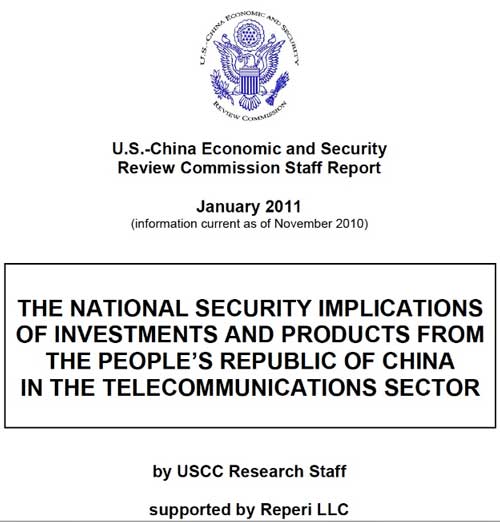
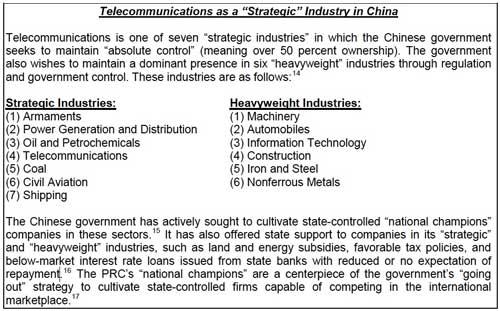
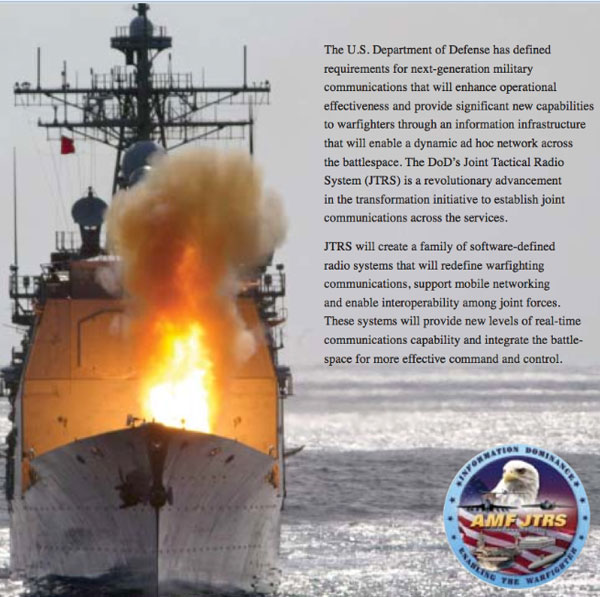

 «The Global Hawk and Predator B reigns supreme in many aspects of the fight.
The need for the large C4ISR platforms has drifted away.»
Photo credit: A Global Hawk prepares for flying mission,
Sgt. Andy M. Kin, U.S. Air Force (as published online at :
«The Global Hawk and Predator B reigns supreme in many aspects of the fight.
The need for the large C4ISR platforms has drifted away.»
Photo credit: A Global Hawk prepares for flying mission,
Sgt. Andy M. Kin, U.S. Air Force (as published online at : 